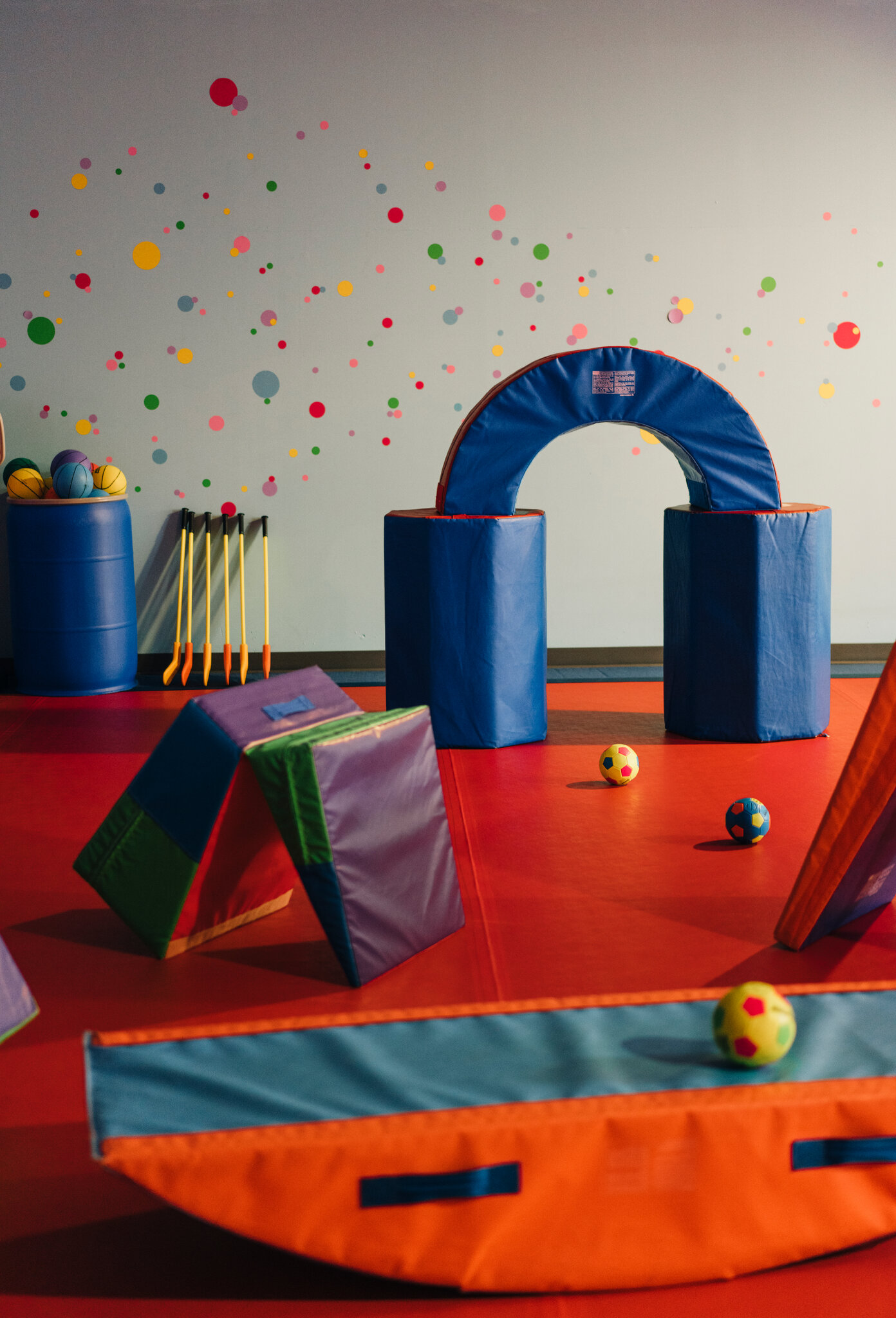In recent years, the landscape of toddler gyms has undergone a remarkable transformation, notably marked by the entrance of private equity firms into this once niche industry. Traditionally, these recreational spaces were simple, community-driven facilities designed to foster early childhood development through play and physical activities. However, with the infusion of private equity investments, the sector has experienced a notable shift in its dynamics, raising questions and sparking debates regarding its impact on both business operations and the overall well-being of children.
The Journey of Toddler Gyms: From Community Hubs to Investment Targets
Toddler gyms have long served as integral spaces for young children’s growth and development. Initially, these establishments were often small, independently owned ventures, reflective of the community they served. These spaces were adorned with colorful play equipment, offering a safe haven for children to explore, socialize, and engage in various physical activities under the supervision of trained staff.
However, as the demand for quality early childhood experiences grew, the sector garnered attention from investors seeking profitable opportunities. Private equity firms recognized the potential for consolidation and scalability within this fragmented market, leading to an influx of capital into toddler gym chains.
Impact of Private Equity Involvement
Private equity investments brought significant changes to the toddler gym landscape. On one hand, it allowed for expansion, modernization, and enhanced services. Larger investments meant upgraded facilities, state-of-the-art equipment, and streamlined operations. These changes aimed to offer better experiences for children and parents, with improved safety measures and innovative programs tailored to early childhood development.
Moreover, the injection of capital facilitated aggressive marketing strategies and the adoption of technology, making these gyms more accessible and appealing to a broader demographic. This broader reach allowed for increased enrollment and revenue, providing a competitive edge in the industry.
However, the pursuit of profitability under private equity ownership also introduced challenges. Critics argue that the emphasis on financial returns might compromise the core principles of these establishments. Concerns arose regarding increased fees, reduced focus on individualized care, and a shift towards a more commercialized approach, potentially diluting the nurturing environment these spaces once provided.
Furthermore, the consolidation of small, community-oriented gyms into larger chains led to the closure of some local, independent facilities. This raised worries about the loss of personalized attention and the sense of community that these smaller gyms often fostered.
Navigating the Balance: Preserving Values Amidst Profit Motives
Amidst the changing landscape, finding a balance between financial success and maintaining the fundamental values of toddler gyms becomes crucial. It requires a delicate approach that considers both business sustainability and the well-being of the children and families they serve.
Some chains have successfully managed to uphold their ethos while adapting to the demands of a competitive market. They prioritize quality care, staff training, and maintaining the personalized experience that draws families to these spaces. Additionally, they actively engage with local communities through outreach programs and partnerships, preserving the sense of belonging that defines smaller, neighborhood-oriented gyms.
Nurturing Growth While Staying True to Purpose
As toddler gyms continue to evolve, the role of private equity in shaping their future remains significant. Striking a balance between profit-driven motives and maintaining the essence of these spaces will be crucial. Collaborations between investors, management, and communities can lead to innovative solutions that prioritize both financial success and the holistic development of young children.
Conclusion
The entry of private equity into the toddler gym industry has brought about substantial changes, both beneficial and challenging. As these spaces continue to evolve, the focus must remain on nurturing environments that prioritize the well-being and development of children while embracing the opportunities for growth and innovation that investment brings.
Ultimately, the journey of toddler gyms under private equity ownership will continue to be a subject of scrutiny and adaptation, with stakeholders striving to create a harmonious blend of financial viability and the essential values that define these vital spaces for early childhood development.
FAQs
1. What is the role of private equity in toddler gyms?
Private equity has entered the toddler gym industry by investing capital into these recreational spaces. Their involvement aims to scale up operations, modernize facilities, expand market reach, and increase profitability by leveraging financial resources and strategic management.
2. How has private equity impacted the toddler gym landscape?
Private equity investments have led to both positive and challenging changes. Positive impacts include improved facilities, advanced equipment, better marketing, and broader accessibility. However, challenges such as increased fees, potential loss of community-oriented focus, and closure of smaller local gyms have also been observed.
3. What are the benefits of private equity involvement in toddler gyms?
Private equity has facilitated the growth and modernization of toddler gyms. It has allowed for improved services, upgraded facilities, technological advancements, and expanded programs, ultimately aiming to enhance the overall experience for children and parents.
4. What are the concerns associated with private equity ownership of toddler gyms?
Some concerns include a potential shift towards a more commercialized approach, increased fees, reduced personalized attention, and the loss of the community-driven atmosphere that smaller, independent gyms often fostered. Critics worry about compromises in the nurturing environment and the focus on profitability over the well-being of children.
5. How can toddler gyms balance profitability and their core values under private equity ownership?
Maintaining a balance between financial success and preserving the essential values of toddler gyms is crucial. Successful approaches include prioritizing quality care, staff training, engaging with local communities, preserving personalized experiences, and actively incorporating feedback from stakeholders to ensure that the focus remains on children’s development.
6. What does the future hold for toddler gyms under private equity ownership?
The future trajectory of toddler gyms under private equity ownership will likely continue to evolve. Stakeholders will aim to find innovative solutions that harmonize financial viability with the fundamental values of these spaces. Collaborations between investors, management, and communities will play a vital role in shaping the industry’s direction.
7. How can parents assess the impact of private equity on toddler gyms?
Parents can evaluate the changes in services, fees, facilities, and the overall atmosphere of toddler gyms. It’s essential to seek feedback from staff, observe the experiences of children, and engage with the management to understand how the gyms are balancing commercial goals with maintaining a nurturing environment for child development.



